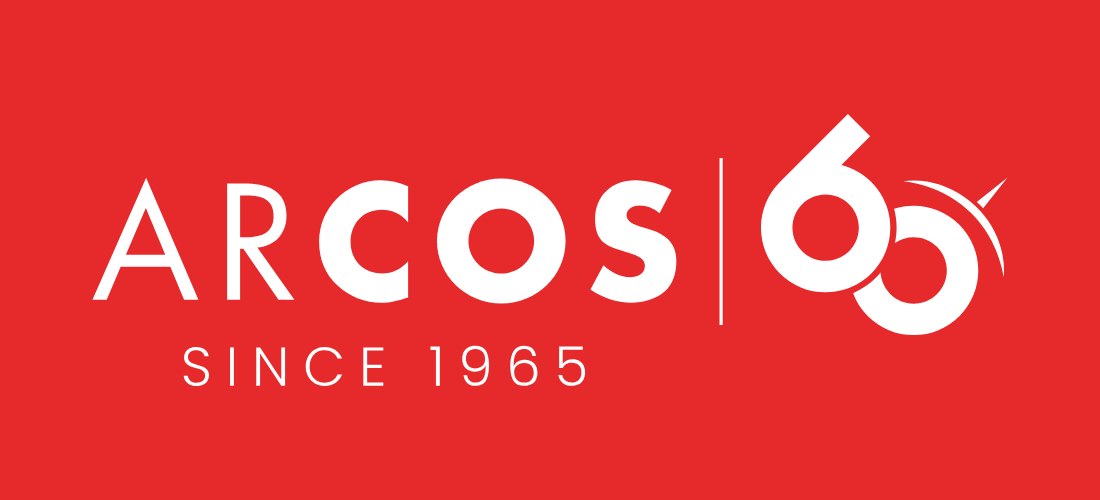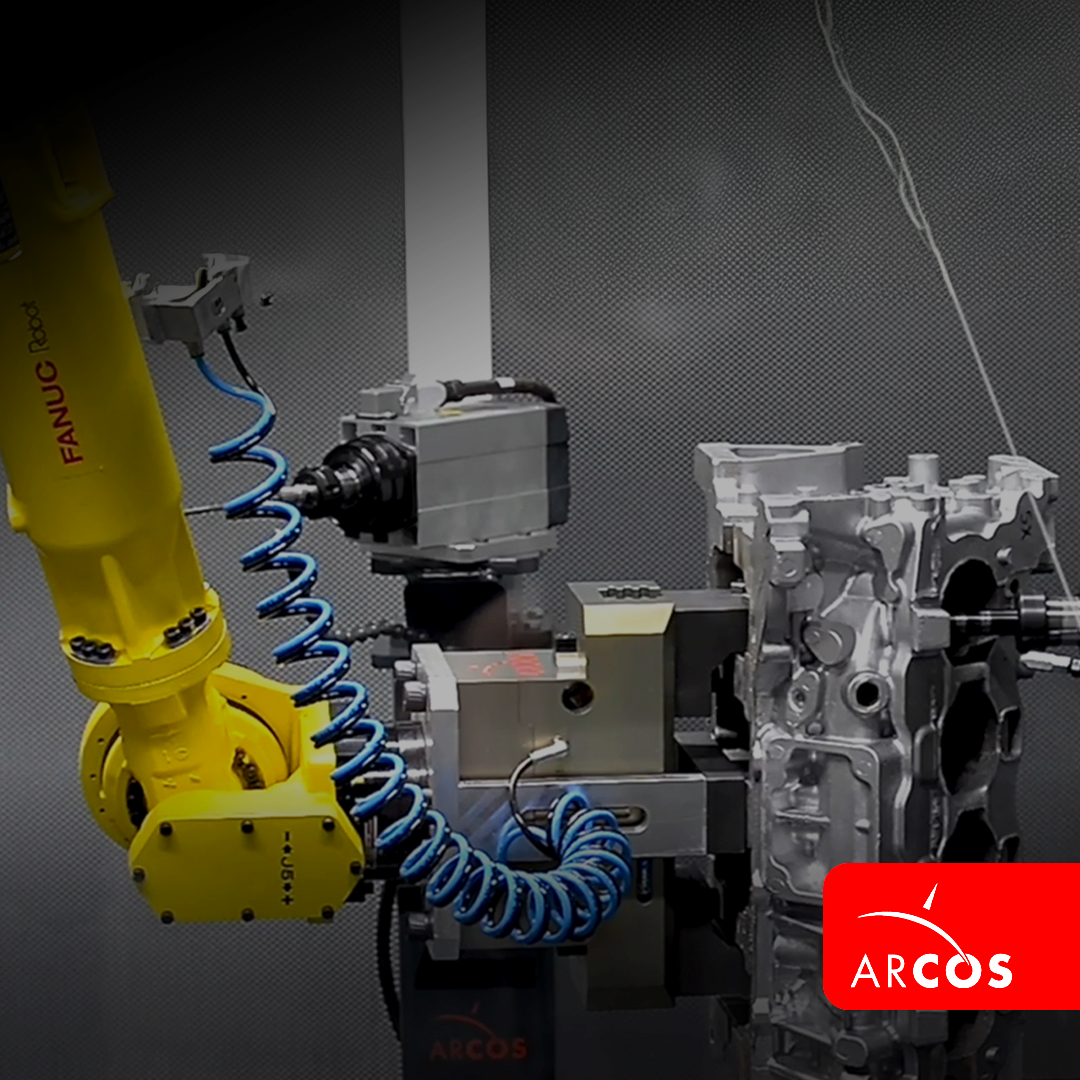Deburring is an essential mechanical process for removing burrs from machined components. Burrs are small residues or irregularities that form on the edges of a piece during operations such as cutting, drilling, or milling. These defects can compromise the functionality, safety, and aesthetics of the final product.
Deburring ensures smoother surfaces, ready for subsequent treatments such as painting or welding, and helps reduce the risk of damage during assembly and use.
Table of Contents
How Does a Deburring Machine Work?
Deburring machines use rotating or abrasive tools to remove burrs uniformly and precisely. At Arcos, we offer automated and semi-automated solutions equipped with advanced technologies that optimize the speed and efficiency of the process. Supported by numerical control systems (CNC), these machines can work with extreme precision and deliver excellent results in a short time.
What is the Purpose of Deburring?
Deburring is crucial not only for improving the surface appearance of components but also for enhancing their functionality and safety. It removes burrs that could compromise assembly or cause damage, aiming to make component surfaces free of sharp edges. Additionally, it promotes greater wear resistance and improves the overall durability of the finished product.
Types of Deburring Processes
Deburring processes vary depending on the type of material and production requirements. The most common ones include:
- Mechanical deburring: Uses rotating or abrasive tools to remove burrs through friction.
- Manual deburring: A traditional technique employing files or brushes, ideal for small batches or parts with complex geometries.
- Sandblasting deburring: This process uses high-pressure sand to remove burrs and is particularly suitable for larger surfaces.
- Thermal deburring: A technique that applies heat to remove burrs without damaging the material.
Deburring Methods
In addition to processes, there are even more specific operational deburring techniques tailored to different contexts.
Some examples:
- Manual deburring: Suitable for confined spaces or specialized applications, using handheld tools.
- Automatic deburring: Ideal for large-scale production, leveraging machines that optimize speed and precision.
- Vibratory deburring: Uses vibrations to treat complex surfaces, ensuring a uniform finish.
- Robotic deburring: Employs industrial robots to perform deburring automatically, increasing efficiency and precision while minimizing human intervention.
As we have seen, deburring is a fundamental process for ensuring the quality and safety of machined components, removing burrs that could compromise the final product. The various types of deburring, such as mechanical, manual, and automated, provide specific solutions for every production need.
Conclusion
At Arcos, with our experience and advanced technology, we provide state-of-the-art machinery to perform deburring efficiently and precisely, optimizing the production process and enhancing the quality of the final product.

